Hyundai is one of the best growing brands on the Irish market, with economical cars and a new unlimited five-year warranty. These features, along with enhanced looks and good reliability ratings, have pushed up the market share for the Korean brand.
Hyundai has been a long-term participant on the SUV market. The Tucson was a popular SUV and it has been replaced some years ago by the iX35. While I’m not a fan of calling a car by numbers, like iX35, this Hyundai has been growing in popularity.
The entry-level model, powered by a 1.7-litre turbo-diesel engine, beats the socks off most of the competition when it comes to price. The value part is not just about price. This iX35 is economical and has proven reliable so far. However, I’ve had this SUV on the road recently and, while I was impressed with its performance, it lacked something special, even though it was very practical in so many respects.
First off it’s not a 4x4. It might look like one and gives the high driving feature that is liked by so many drivers, but don’t attempt to go off-road other than in a dry summer field.
This 1.7-litre engine is solid but not exceptional. The acceleration rating of 12.4 seconds in a 0 to 100km/h race is not the best in the segment. Its performance is very similar to the Kia Sportage, which is also a match in terms of price. Compared with the slightly bigger-engine Toyota RAV4, or the Ford Kuga, the iX35 lacks power. While it is a match for the Kuga in terms of economy, the RAV4 still beats it in running costs, with a marginal annual road tax cost benefit. I achieved close to 800km on a full 58-litre tank of diesel and that converted to 5.9 litres/100km, marginally poorer than the rated economy figure. Overall, that’s a positive outcome in terms of being able to achieve close to what is claimed. The iX35 is good to drive and the six-speed gearbox allows for smooth cruising on better roads. On the smaller roads it takes the bumps reasonably well, but does not excel in terms of road holding. All of the controls are easy to use.
There is a full-sized alloy spare wheel as well, so no skimping there. This gives real peace of mind and driving comfort, especially for rural drivers who often have to contend with atrocious roads. The spare wheel is sunk into the boot, not compromising that great load-carrying space.
The entry model comes with 16in wheels, while some of the competition, and the test car, came with slightly bigger wheels, adding to the overall look. These bigger wheels give marginally more height and ground clearance.
The iX35 is not rated highly in terms of trailer pulling ability. At 1.2t it matches the average car – you’d expect more. The four-wheel-drive versions have more towing power, but you pay for this in terms of slightly poorer economy.
There is an extra €8,000 charge for the bigger engine 4x4 version and that’s difficult to justify for general driving needs.
The iX35 comes with a full set of safety features other than a driver’s knee airbag. The basic car comes with hill assist control for easier hill starts. The Euro NCAP crash test is now four years old, but it is at the higher rating.
The Hyundai iX35 offers value in the two-wheel-drive SUV market. The entry price is €25,495, or £22,145 in Northern Ireland. I’m impressed with Hyundai’s five-year unlimited mileage warranty and running costs should be reasonable, but the extra cost of the four-wheel-drive system is the penal part of the deal. CL






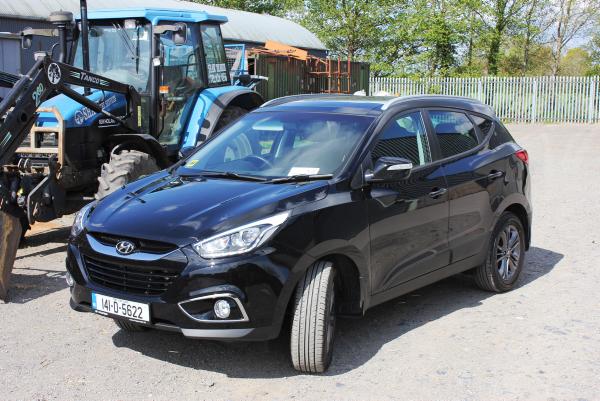
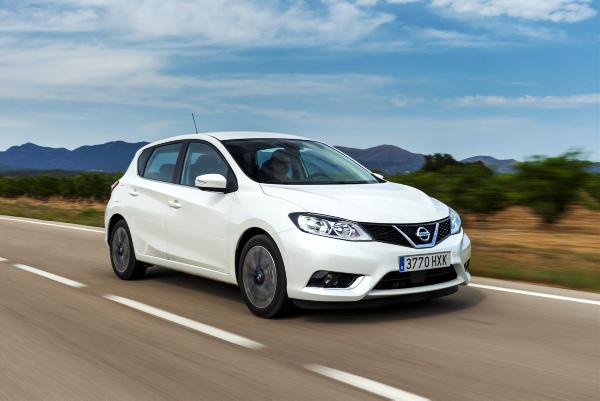
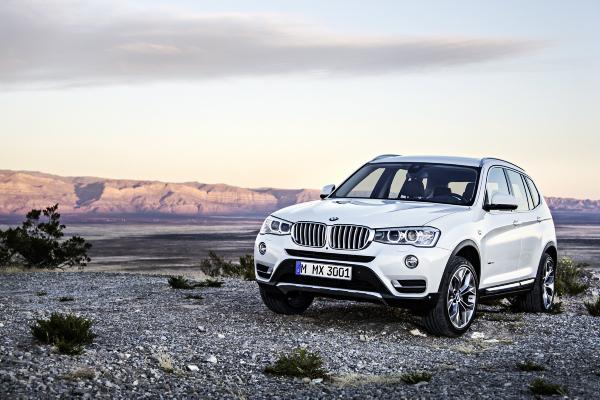
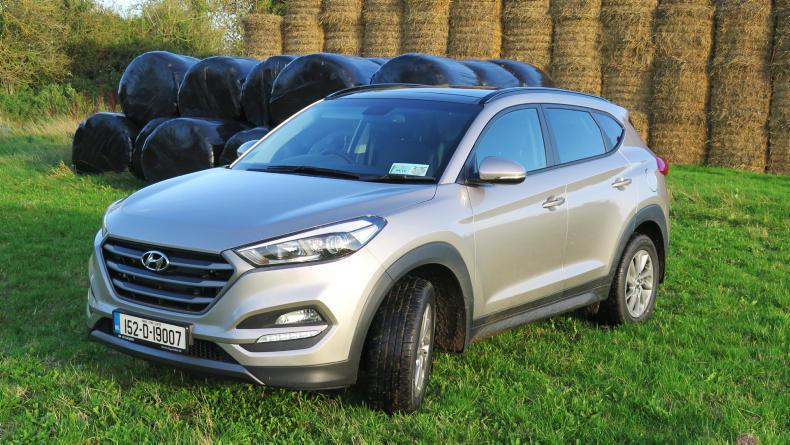
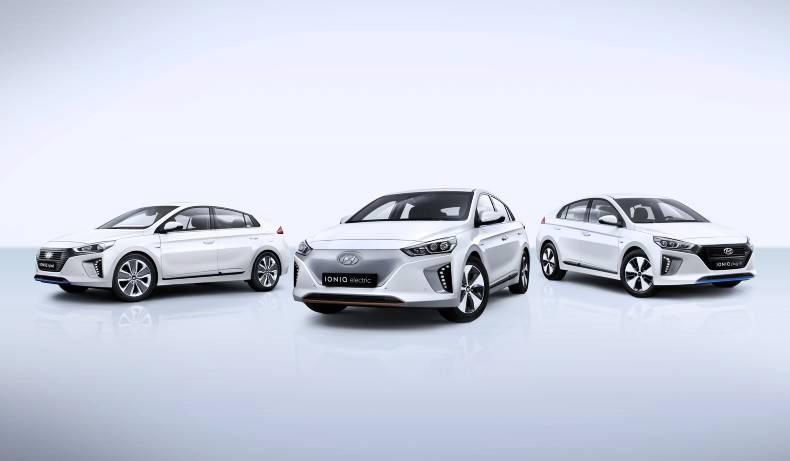
SHARING OPTIONS